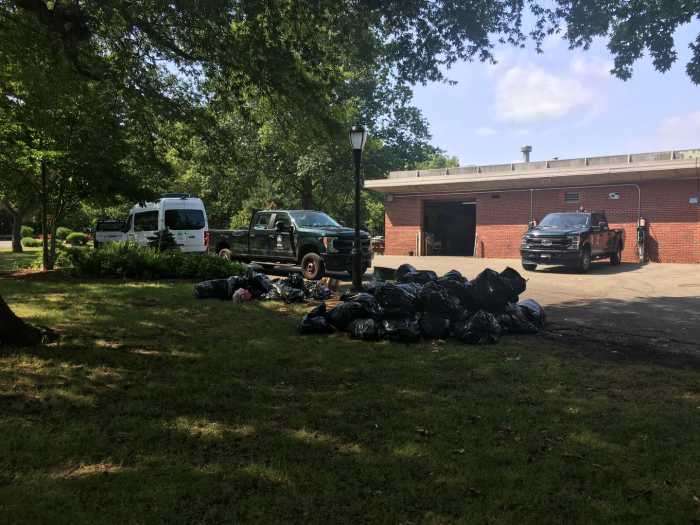Too few of our modern-day state leaders appreciate the absolute role they must play in bringing about substantive change in America’s schools. Even with more than half of states electing reform-minded governors who have either proven to be champions of reforms during their tenure or have run on platforms that don’t shy away from being vocal about putting parents and students first, it’s imperative all leaders come to appreciate good governance and reach across the aisle for the sake of children. After all, it’s how some of the boldest reforms were born, such as charter schools in Minnesota in 1991.
Charter schools educate over 2.5 million students nationwide today, yet despite the fact that 42 states and the District of Columbia have charter school laws, the reality is that charter schools are expanding in low numbers still in many states as demand for educational options increases, as the average charter school waitlist has grown to nearly 300 students.
State leaders are the key to improving education and creating an environment that will allow charter schools to meet the growing demand for excellent educational options. It’s imperative that newly elected leaders understand what education reforms like charter schools are, and what they aren’t, as myths and misinformation continue to plague media coverage and permeate public psyche.
One of the most common misconceptions is that charter schools are privately funded institutions. A 2013 survey from the Center for Education Reform (CER) found that only 20 percent of Americans correctly identified charter schools as public schools. Charter schools are in fact independent public schools that are held accountable for student results. And, they do this with 36 percent less funding compared to their traditional public school counterparts.
Another common falsehood is charter schools “cream” students, when the reality is a majority of charter school students are non-white, or minority students. According to CER’s 2013 Survey of America’s Charter Schools, only 45 percent of charter students are white, while 52.5 percent of public school students are white. Additionally, 61 percent of charter schools serve a student population where over 60 percent qualify for Free & Reduced Lunch.
Perhaps the biggest myth charter schools face today is that they aren’t accountable. This couldn’t be further from the truth.
Unlike all other public schools, charters must be proactive in their efforts to stay open. Calls for more charter regulation and oversight in the name of “transparency,” even from fellow colleagues in the education reform community, are misguided, as charter schools actually have MORE oversight and evaluation than traditional public schools because of their contracts with authorizers.
Overregulating charter schools would convert charters from autonomous, grassroots laboratories of innovation to the very schooling entities from which they seek to break away. The hallmark of charter schools is autonomy and performance-based accountability. It’s crucial that even those who support charter schools remember this, and don’t fall prey to letting a few bad apples result in loving charter schools to death via unnecessary regulations.
Nearly 20 percent of all charter school closures occur because a school failed to meet acceptable student performance levels according to CER’s State of Charter Schools: What We Know – And What We Do Not – About Performance and Accountability. In Michigan, for example, 22 percent of charter schools ever opened have been closed, far out-pacing the national charter school closure rate of 15 percent.
Finally, the importance of a strong charter school law cannot be understated in creating a vibrant charter school sector. Strong laws generally consist of multiple and independent charter approval bodies known as authorizers, no caps on the number of charter schools allowed, operational and fiscal autonomy, and equitable funding. In states with multiple and independent authorizers, stronger, more objective oversight is used to ensure that successful charter schools remain open and those that fail to perform are closed. States with multiple authorizers were home to nearly 80 percent of the nation’s 5,400 charter schools in 2010-11.
With over 1 million students on charter school waiting lists nationwide, demand for charter schools is clear. In fact, 73 percent of Americans support the concept of charter schools. After over 23 years of seeing these autonomous public schools in action as viable educational alternatives for children, it’s imperative newly elected leaders separate fact from fiction when it comes to charter schools, and educate their colleagues in state legislatures to ensure that myths and misinformation does not get in the way of uplifting educational opportunities for America’s children.
Kara Kerwin is president of The Center for Education Reform.
























